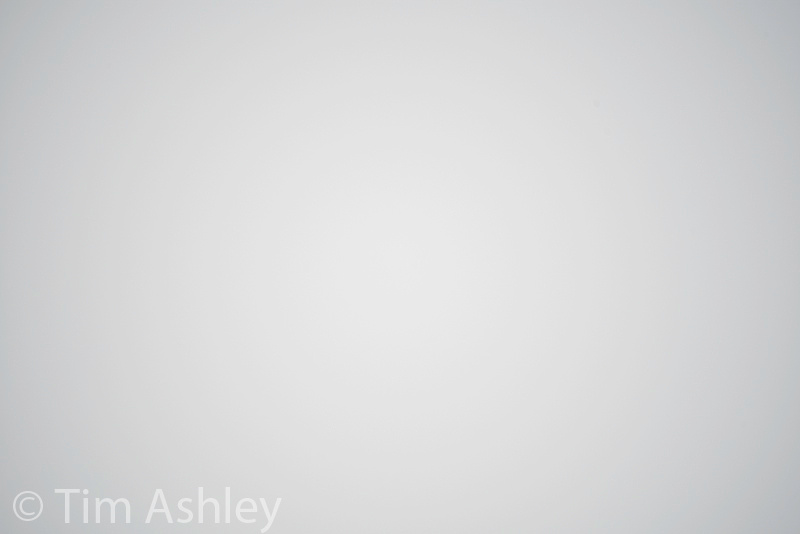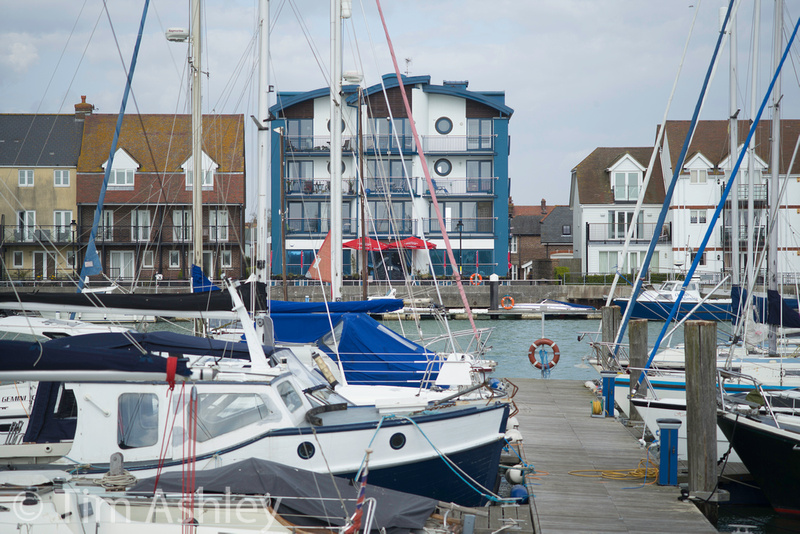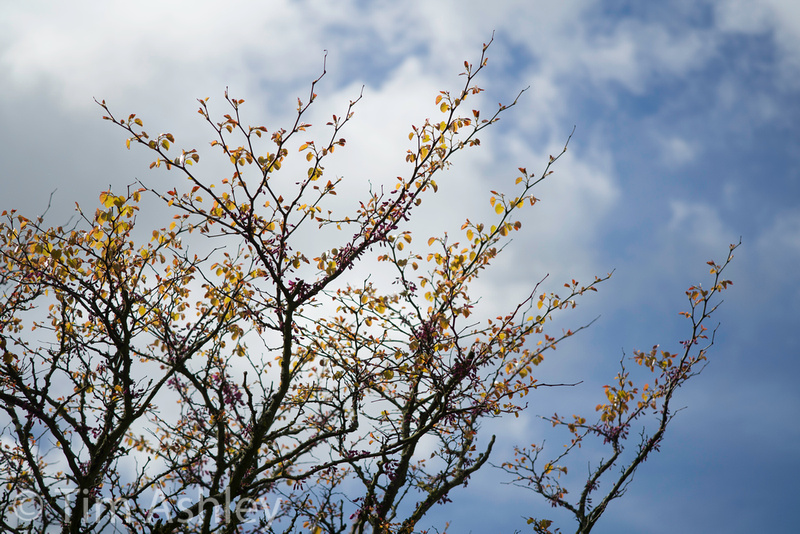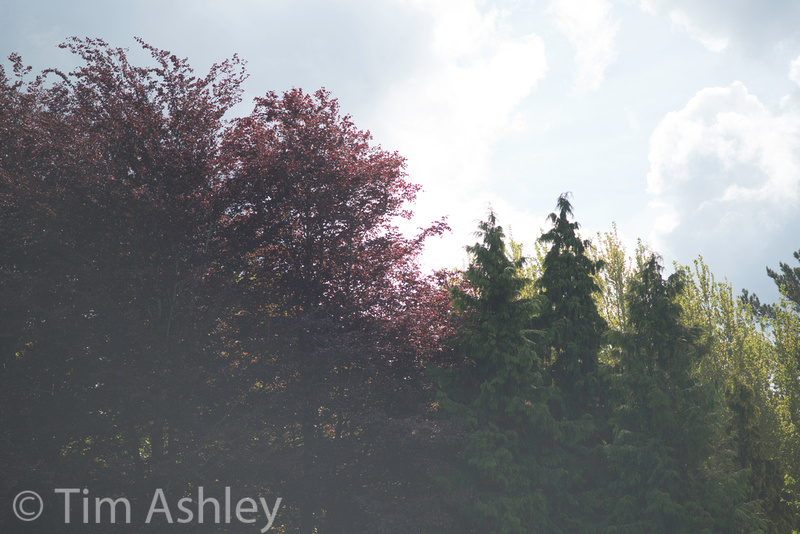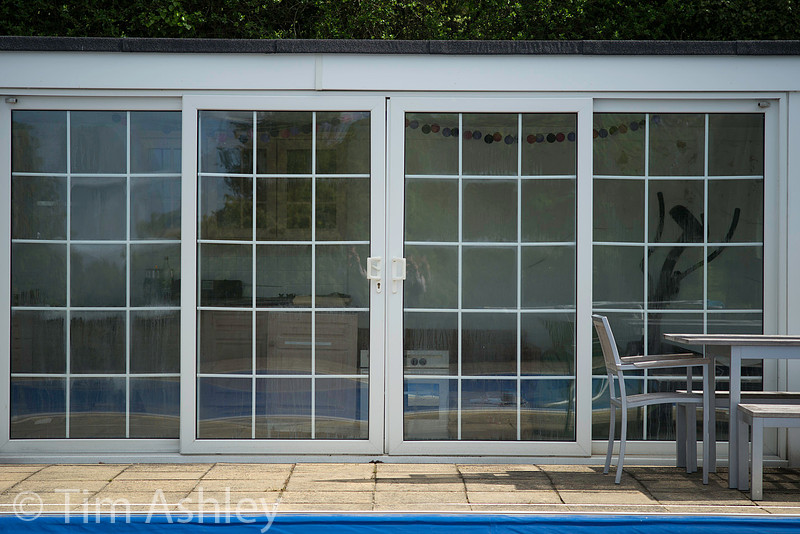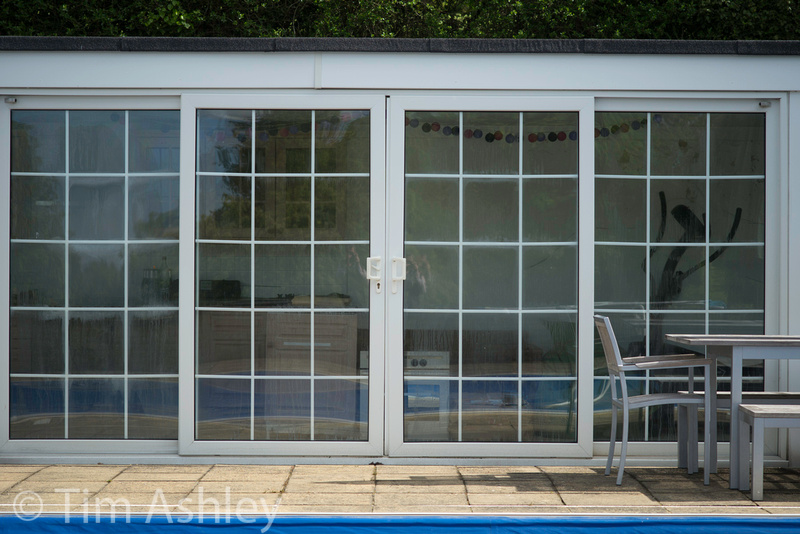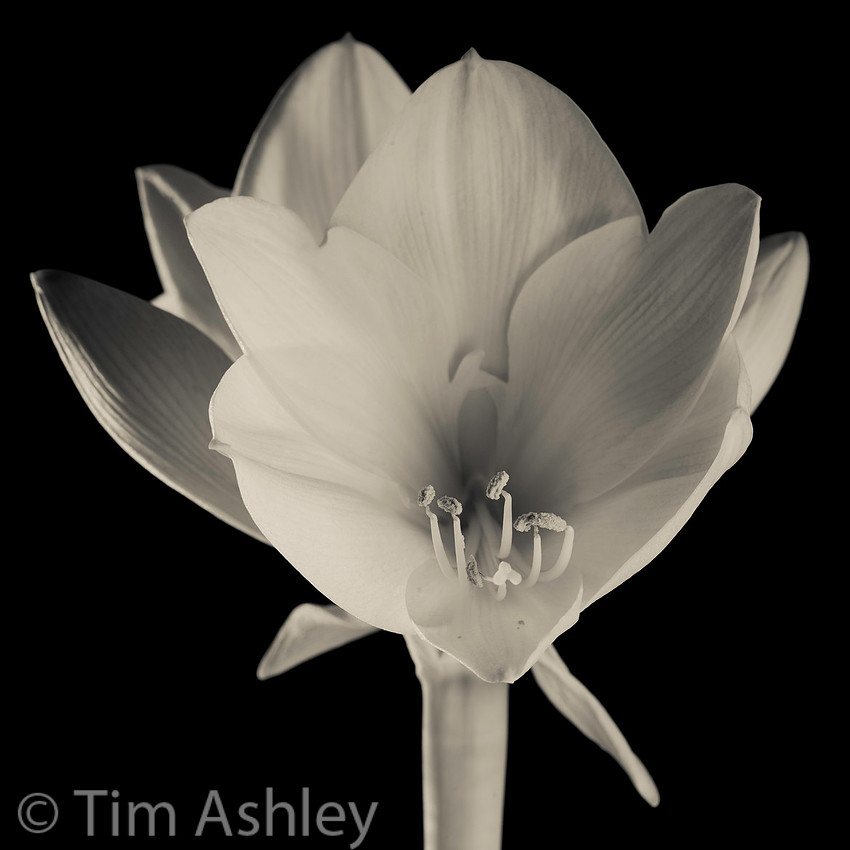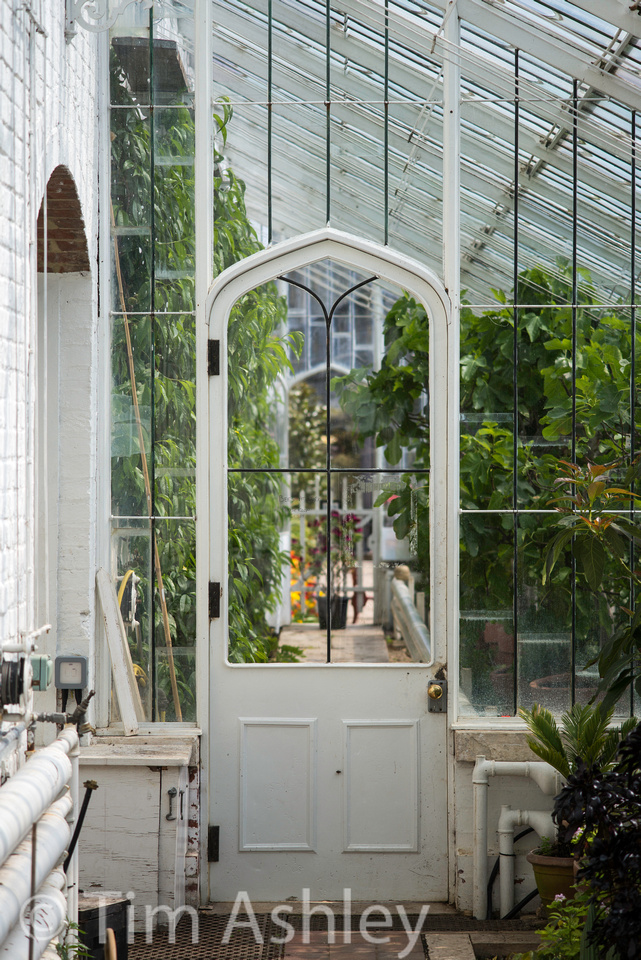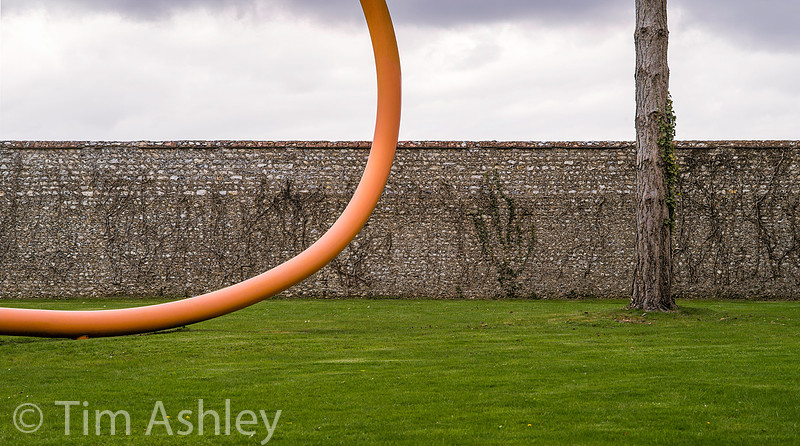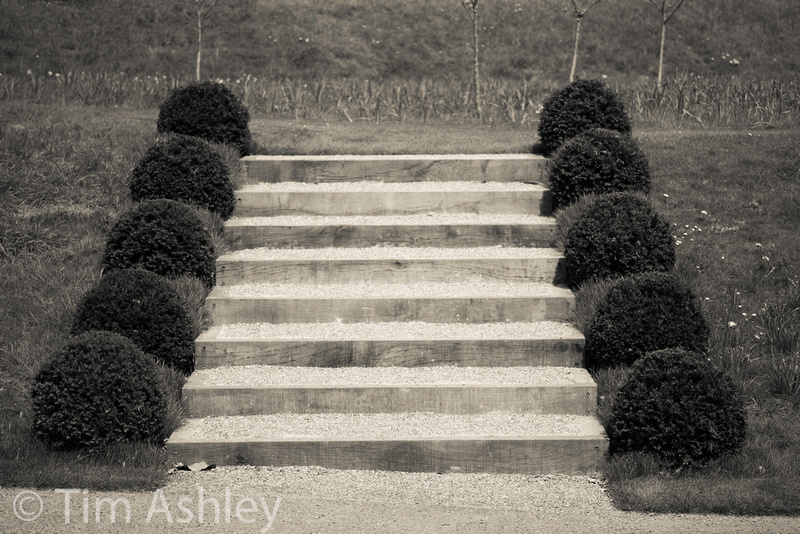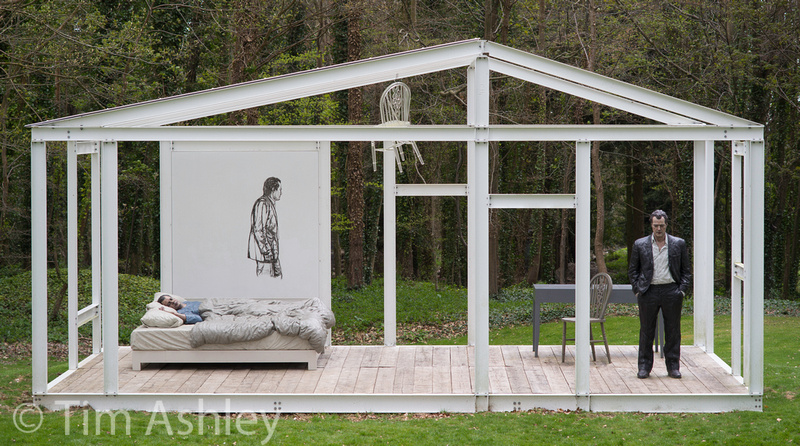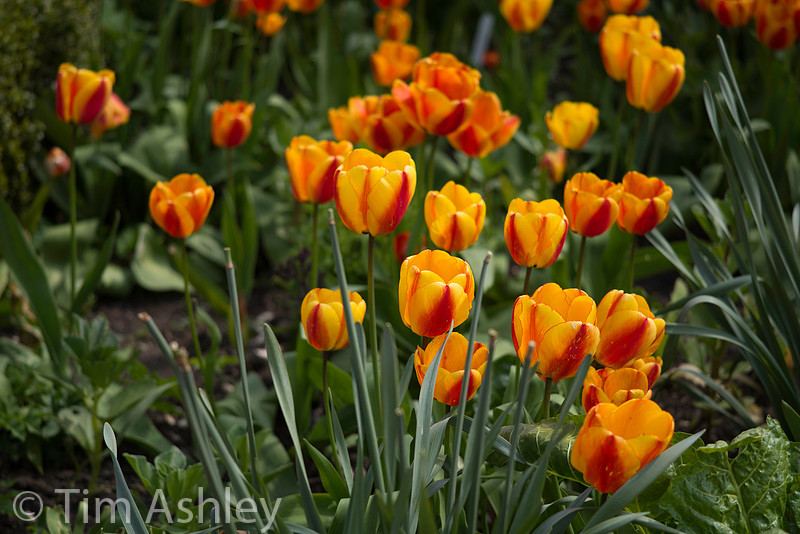Leica M240 with the 90mm F4 Macro Elmar - Some ObservationsThe tiny 90mm Macro Elmar (AKA 'the pocket rocket') is one of my favourite lenses of all time and was one of the reasons I wanted to buy an M240 - and it seems very happy to raise its game to match the new sensor: despite its sometimes slightly wobbly feel (due to the collapsible design) it performs very nicely indeed once extended and locked into place. I have now shot enough frames on the M240 to believe that it takes second place, in the interchangeable lens sub-medium format category, to no camera but the D800/E when judged by overall IQ alone. But when system size, weight and flexibility of focussing method are taken into account it is actually a better camera in most of the respects that matter to me, for prints up to about 30" wide. A close 'D800 system' competitor lens in terms of image quality is the Nikon 85mm F1.8G. It is huge in comparison to the Macro Elmar, albeit benefitting from being over two stops faster. So if you, like me, sometimes want to travel light without compromising on quality, then the difference in bulk between these two lenses is very material. A really nice travel kit is the 35mm Lux FLE and the 90mm M-E, a setup that can cover a huge number of bases in terms of subject distance, field of view and light gathering ability if used carefully. Carrying a D800 system with lenses of similar ability (say, the 85mm 1.8G and the Sigma 35mm F1.4 ART lens) will incur a very significant penalty in terms of weight and bulk. So, as long as you don't mind the added mugging risk (perceived or real) then the Leica system wins hands down for travel. IMHO. Let's take a look at the Macro Elmar in detail. Bad news first: the colour shifts endemic to the digital M system are not fully dealt with in current firmware for this lens. You would think that by a focal length of 90mm this problem would be long gone but it isn't, and it remains sufficiently significant to risk being visible in real world use. Here is the F4 frame and clicking on it leads to a gallery with frames shot at all apertures. I expect this behaviour to improve with further firmware updates but for now, it is the main fly in some otherwise effective ointment. An aperture series follows. The F4 frame is shown here and clicking on it leads to frames shot at all apertures. These are available from that gallery at full resolution, should you want to peep in detail. They were shot with focus made with the rangefinder wide open and then not changed throughout the series and, in common with most of the lenses I have tested on the M240 this is the best way to focus if you want the best average performance across the frame, particularly if you value sharp edges on planar subjects. I will come back to this. My observations are as follows: performance from centre to edge is already more than acceptable at F4 and the best average across the frame is at F5.6 with diffraction setting in at F8, just. F11 is still pretty acceptable and beyond that, I would not stop down further unless there was a pressing DOF need because diffraction becomes a real issue. The field of focus seems only very slightly curved and the MTF suggests that this is the case. However, it is just sufficient (and visually it is clear that the effect is due to the MTF 40 astigmatism between sagittal and tangential) for the edges to appear a touch weaker when focussed in certain ways. For more information on this very complex subject, you might want to read my articles on the 35mm Lux FLE and on Field curvature but in short, if you focus the Macro Elmar with the rangefinder you will probably get better edges at F5.6 and F8 than if you focus it using the EVF when stopped down. That is my experience of the lens and it accords with both theory and with the MTF. It results, in brief, from the effects of moving the overall zone of good focus into slightly different positions when focussing wide open versus focussing when stopped down. In any event, the proof of the pudding is in the eating and I have made very nice 34" prints, sharp from edge to edge, by focussing the lens with the rangefinder alone. In terms of focus shift, there may be a very slight tendency for the field of focus to shift backwards as you stop down but in my usual series of close range tests, it isn't at all clear and in any event, the point of focus always remains in good focus. However, the above-noted tendency of the lens to focus distant planar subjects better in terms of edge sharpness when using wide open focus rather than stopped down focus might indicate a the slight focus shift - it's just that the centre remains in good focus either way, so the edge behaviour is the 'tell' that might indicate this behaviour. One point to make: the M240 is of sufficiently high resolution to mean that the old rule of 'shoot handheld at 1/focal length' is no longer enough to guarantee good results. I find that many shots at 1/90th second show a little motion blur and unfortunately the M240's Auto ISO settings don't let you specify any other ratio (as of this writing: I expect this to change in future firmware) so I suggest using a minimum shutter speed of 1/125th. On to colour aberrations. I rarely see any, at least not of any significance. This is at least in part due to the fact that the modest maximum aperture puts the lens into safe territory in this regard. Below is a shot at maximum aperture taken into a bright sky and you will have to hunt very hard to find any 'purples'. Click the image to load full a resolution version in a new window. If the lens seems impressively immune to fringing, the story regarding flare is slightly less rosy. Most of the time it's just fine (the hood is deep and I always use it) but if you shoot into the sun, even with the sun out of the frame, you can get images that look like the following - and no, it wasn't a foggy day!
The upside of this veiling flare is that for contre jour portraits, it can provide a creatively desirable effect. Which raises a philosophical/psychological point: if a lens (or camera, or outfit, partner, holiday...) has enough about it that you love, its flaws become not just forgivable, but something you commit to working with until you can find a way of enjoying them. Here endeth the lesson. Distortion is quite well controlled but there is an oddity, which is that to me, an image corrected using the 'official' profile in Lightroom, looks less good than an uncorrected version. Here follow uncorrected (first) and corrected versions of the same shot.
One useful trick the lens has up its sleeve is the indicated by the 'Macro' designation: it used to be available without the Macro adaptor and that is how I purchased it, so I am limited to a close focus range of .77m but with the adaptor, you can get to .5m and a magnification ratio of 1:3. However, even without the adaptor, the lens can make pleasant close up images and for these, a tripod and EVF can guarantee the sort of accuracy in focussing which is harder to achieve with the rangefinder alone.
Conclusions I consider the look of the lens in general to be very 'kind' - it is a medium-high rather than high contrast optic, it is very (but not surgically) sharp - and the 'pleasant' bokeh rounds out the gentle but accurate style in which it renders. It is also extremely versatile and makes a great portrait lens (I am sorry not to include a portrait shot here, time and unavailability of beautiful people at close hand has not allowed me to make one I like). It also absolutely keeps up with the advance in sensor resolution offered by the M240, though I suspect that it will show a graceful decline at ever higher resolutions, probably remaining truly useful not much beyond 30mp for those wanting sharpness across the frame. But for now, it packs all the power of much larger, heavier lenses into a tiny package, with the added bonus of macro ability should you want. I use it for a really wide variety of subject types and as noted above, it is perfect for travel. The 90mm F4 Macro Elmar is so small and unassuming, so quirky in form and in action, so unlike any other lens, that it can sometimes be tempting not to take it altogether seriously, to assume that it trades quality for convenience. That would be a mistake. It is an absolute gem. Here are some more shots, all available at larger sizes in the gallery. note to readers: this is the last in my series of reviews of a variety of lenses on the M240. Soon I will be publishing a global roundup review of the entire system, with several thousand frames under my belt, and an answer to the question I posed a the outset: "for those who love their M lenses, is the M240 a great way to use them or does it start to show their weaknesses?" In other words, given that I, personally, purchased the M240 as a way to use my existing glass, will I keep the system now that I have looked at all the lenses I own in some depth?
Keywords:
90mm,
Elmar,
F4,
field review,
Leica,
lens,
M,
M 240,
M240,
Macro,
observations,
review,
tashley,
test,
tim ashley
|

